Becoming a SEBI Registered Investment Advisor: A Complete Guide
International College of Financial Planning
JUNE 14, 2023
Are you passionate about investments? If so, you can turn your passion into a profession by becoming a SEBI-registered investment advisor. SEBI has introduced guidelines for individuals aspiring to become investment advisors in India. This blog post will provide all the necessary information on this topic.

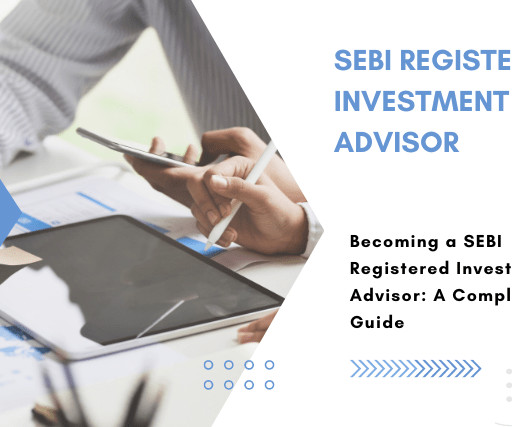
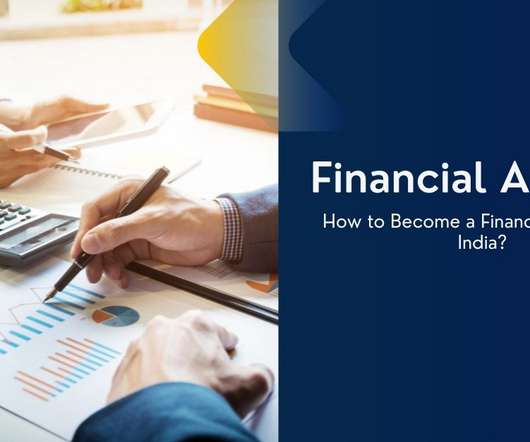

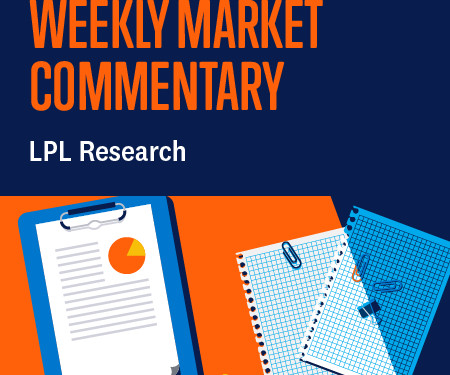
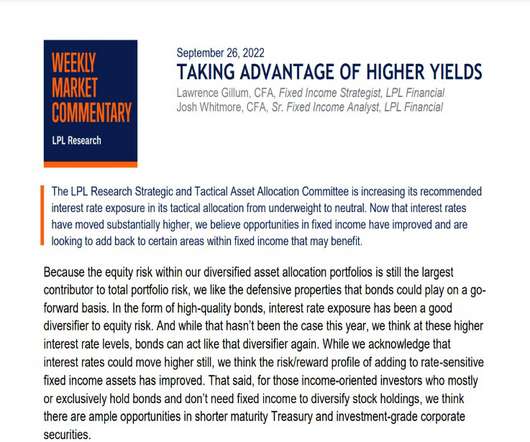
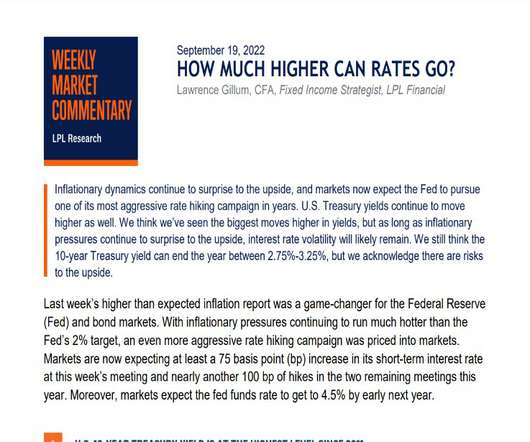









Let's personalize your content